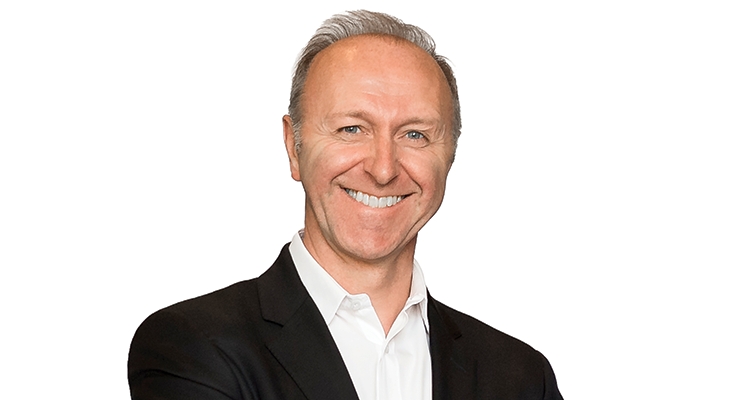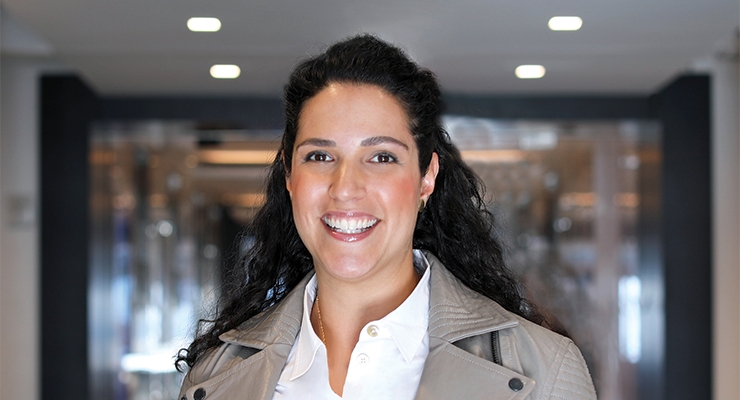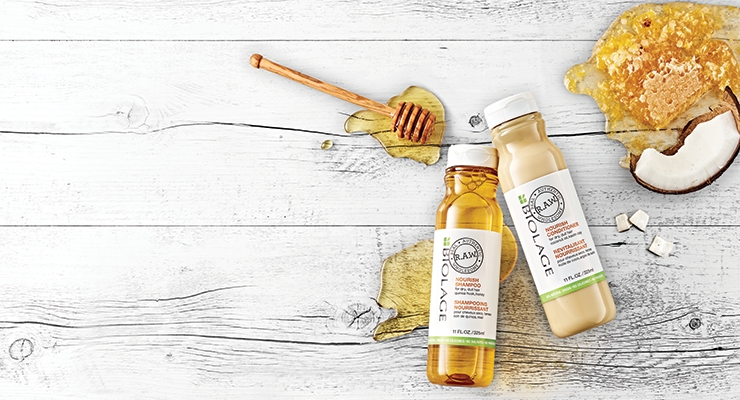Jamie Matusow, Editor-in-Chief07.26.18
Beauty Packaging’s Jamie Matusow recently had the opportunity to ask L’Oréal’s Philippe Bonningue, Global Head of Sustainable Packaging & Development (also a member of Beauty Packaging’s Board of Advisors), and Danielle Azoulay, L’Oréal USA Head of Corporate Social Responsibility & Sustainability, about the unique packaging challenges the world’s largest beauty company faces and how important it is to form a collaboration with packaging suppliers.
Jamie Matusow: What are the key factors behind L’Oréal’s commitment to environmentally responsible packaging? What is driving the movement?
Philippe Bonningue: L’Oréal has been committed to environmentally responsible packaging for over 10 years. As part of our global sustainability program, Sharing Beauty With All, we’re pushed to innovate, produce and develop more sustainably while also empowering our customers to make more sustainable consumption choices. Under Sharing Beauty With All, our goal is to improve the social or environmental impact of 100% of our new or renovated products by 2020. To help us meet our goal, our marketing and packaging teams use our 3R approach “Respect, Reduce, Replace”:
Respect: Respect our consumers, the environment and the bio-diversity of our products and packaging. We carefully select the material for our packaging using forest-certified paper and cardboard.
Reduce: Decrease the environmental footprint of each of our products, including the reduction of the weight or size of the packaging.
Replace: Prioritize the use of post-consumer recycled plastic (PCR) material as well as bio-sourced plastics to reduce our environmental footprint.
JM: What are the challenges involved, such as the availability of materials, the specific needs in Beauty of keeping ingredients safe, etc.?
PB: L’Oréal is dedicated to providing the highest quality products while providing the safest experience to the consumer.
Incorporating PCR into our packaging comes with its own set of unique challenges. Specifically, the availability and quality of the recycled materials we use are largely dependent on the efficiency of the local waste streams and recycling behavior of the consumer. Despite these challenges, L’Oréal has already achieved 100% PCR in a majority of our product packaging across the portfolio.
JM: In what area have you made the most progress—plastics, recyclability, reusable/refillable, light weighting, etc.?
PB: Our sustainable packaging strategy focuses primarily on the incorporation of recycled and bio-sourced materials, reducing packaging weight, incorporating refillable packaging designs and educating our consumers on the recyclability of our products. As part of our “Science Based Targets” efforts, 100% of the Group’s plastic packaging will be refillable, reusable, recyclable or compostable by 2025.
In our efforts to reach this goal, the company has already recycled more than 7,200 tons of virgin plastic materials in 2017 alone, which is 33% more than what we were able to save in the previous year. In addition, 100% of our product packaging is now made with forest-certified paper, ensuring we’re using only materials from responsibly managed forests.
Another key focus is the use of re-fillable materials while maintaining a premium experience for the consumer. For example, Lancôme recently developed a 50ml glass refillable jar which is 39% lighter than its previous version. This innovation, if refilled twice, represents a packaging weight reduction of 58%.
JM: How important is forming a collaboration with packaging suppliers? Are they involved from the start of a project?
Danielle Azoulay: Our commitment to improving the social and environmental footprint of our products can be seen throughout the whole value chain, from product design to the sourcing of raw materials. We work closely with our packaging suppliers to find opportunities where we can make refinements across the product lifecycle. Whether it is through light weighting or materials selection, it is an ongoing dialogue and partnership with our suppliers to find the most sustainable packaging solutions.
JM: Can you tell us about a package you’ve produced that meets environmentally responsible goals?
DA: L’Oréal has integrated sustainable innovation practices across the business.
In 2017, the salon brand, Biolage was looking to create a new line of products tailored to the environmentally conscious consumer. The challenge was to create products with the quality and efficacy of its existing portfolio, using the most eco-friendly packaging and formulas possible. To solve this, Biolage convened a project team across a wide range of internal disciplines, from product development and marketing to research and packaging. As a result, Biolage R.A.W.’s Nourish Shampoo and Conditioner line has become a key example of L’Oréal’s commitment to sustainable packaging and groundbreaking product development. The product packaging contains 100% post-recycled PET plastic and its formulation achieved the highest levels of biodegradability—Nourish Shampoo at 99% biodegradable—with a high concentration of natural-origin ingredients. In 2017, the products achieved Cradle to Cradle Silver certification based on an evaluation of their material health, material re-utilization, renewable energy and carbon management, water stewardship and social fairness.
JM: What challenges does the beauty industry face as far as meeting consumer demand for eco-responsible packaging? What does L’Oréal look for in its packaging suppliers?
DA: The consumer products industry faces the challenge of continuing to guarantee the quality and efficacy of products while simultaneously improving their environmental profile. At L’Oréal, we see this as a huge opportunity to innovate around the materials we use, where they come from and how we use them. As the number one beauty company in the world, our resources also allow us to work collaboratively with suppliers, waste-management organizations, recyclers, eco-design strategists as well as our employees and our consumers to fully align our sustainability commitments across a product’s entire lifecycle. We expect the same commitment from our suppliers through our sustainable sourcing program. Through this program, packaging and raw materials suppliers are required to participate in CDP’s Water Disclosure project, whose mission is to engage companies in publishing their water management strategy and performance annually. In 2017, 84% of L’Oréal’s suppliers have signed on.




















